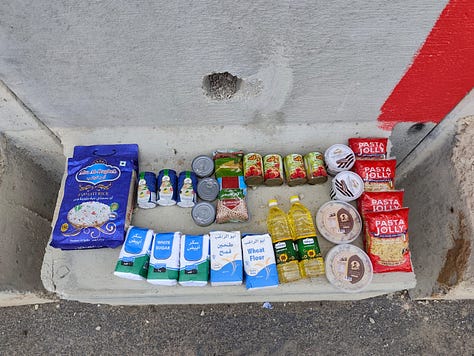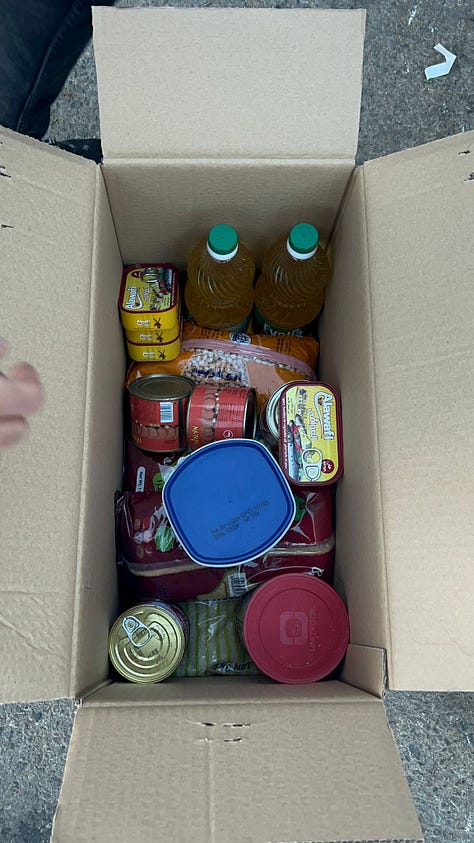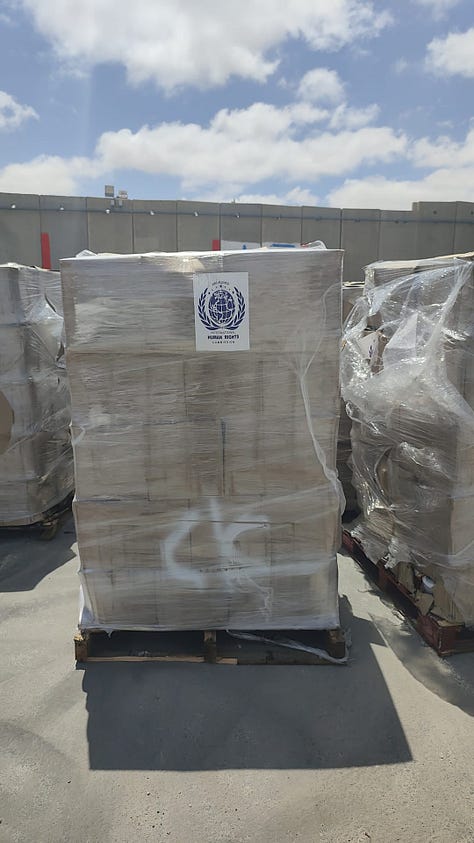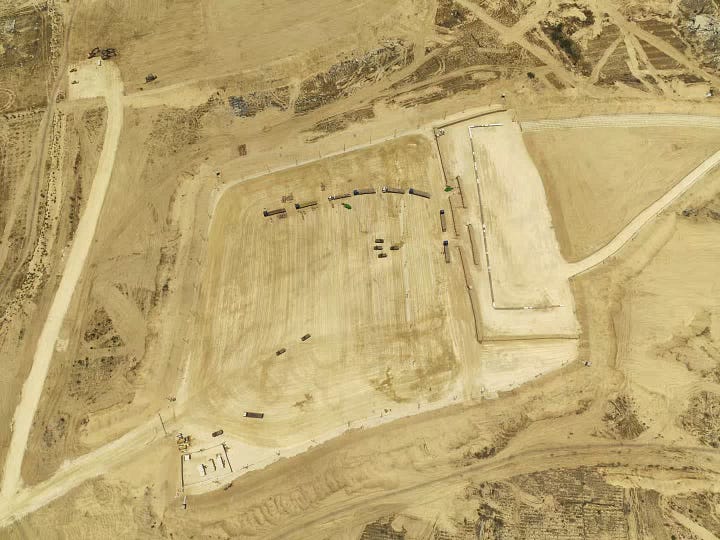Since the beginning of the war, we have been closely monitoring the humanitarian situation in the Gaza Strip. This is because the IDF, through COGAT, is committed to providing a response to the humanitarian needs of the civilian population in Gaza, in accordance with international law and our values. As such, throughout the war, more than 1,700,000 tons of aid entered the Gaza Strip. We facilitated that.
While Israel and the IDF see harm to the civilian population of Gaza as a tragedy, Hamas sees it as a strategy.
The Hamas terrorist organization is responsible for the current humanitarian situation in the Gaza Strip. Hamas has long exploited the people of Gaza for terror and violence purposes. As part of its human shield strategy, Hamas actively embeds its malign terror behind and beneath its own civilian population.
This issue also persists while navigating the delivery of humanitarian aid into the Gaza Strip. In the process of entry, Hamas terrorists actively seize and divert humanitarian supplies, presenting a huge logistical challenge. In recent months, evidence has increased of the ongoing exploitation of the humanitarian aid provided to the Gaza Strip to preserve the military and governing capabilities of the Hamas terrorist organization, even at the expense of the people of Gaza.
As an army that operates according to moral values, we place great importance on making sure the humanitarian situation in the Gaza Strip does not spiral into a humanitarian crisis.
The government's decision to halt humanitarian aid was made after the ceasefire period, during which sufficient aid was delivered to last for an extended period, even after the aid stopped. 25,200 aid trucks entered the Gaza Strip during the ceasefire, including 16,515 food trucks, in addition to the food supplies that had accumulated in the Gaza Strip prior to the ceasefire. These significant inventories enabled the supply of goods for many weeks.
Following the recommendation of professional ranks in the IDF, and in accordance with the directive of the political echelon, last week (Monday), the transfer of humanitarian aid to the Gaza Strip began. Accordingly, throughout the week, 759 trucks of aid entered the Gaza Strip. The humanitarian aid that was brought in included flour for bakeries, baby food, medical equipment, medicine, and other basic products, intended for community kitchens operated by international aid organizations in Gaza. All aid was transferred after thorough security inspections by personnel of the Land Crossings Authority of the Ministry of Defense.
This is a testament to what we have said - we will not let a humanitarian crisis unfold in Gaza.
esterday, the Head of COGAT called on the UN to act for the civilian population of Gaza, as more than 400 aid trucks are waiting for distribution by UN teams on the Gazan side of the Kerem Shalom crossing, after undergoing security inspections in Israel.
Unfortunately, UN teams are refusing to arrive to collect and distribute the aid to the people of Gaza, despite the logistical and security adjustments made. Israel has expanded the routes, increased the aid, and extended the collection hours, and now it is the UN's turn to act according to its obligations.
As part of the ongoing efforts to facilitate the entry of humanitarian aid into the Gaza Strip, four aid distribution centers were established in recent weeks, in accordance with the directive of the political echelon and in close coordination with the United States.
The centers are operated by international aid organizations and secured by an American civilian security company in the Gaza Strip.
Israel built the infrastructure for this humanitarian operation, simultaneously to operating in a war for our very survival. We’ve worked to establish these very large centers across the Gaza Strip and are handing them over to a third party to operate. We did this not because it was easy - it wasn’t, it required great efforts - we did it because it was the right thing to do, and we are a military that acts in accordance with moral values.



The establishment of the distribution centers took place over the last few months, facilitated by the Israeli political echelon and in coordination with the US government. This process coincided with an ongoing dialogue and cooperation with the IDF, through the Southern Command and COGAT, as well as international aid organizations, the Gaza Humanitarian Foundation and the American civilian security company. As part of this process, four centers were established across the Gaza Strip by the American civilian security company, alongside operational preparations on the ground, in cooperation with the aid organizations, and the international community.


Humanitarian aid efforts are an integral part of our operations in the Gaza Strip, even when Hamas tries to undermine these efforts by diverting supplies for terror purposes. The goal of this new approach is to reduce the Gazan population’s reliance on Hamas.
Despite the numerous obstacles, we remain committed to facilitating aid to Gaza’s civilian population. The IDF will continue to facilitate humanitarian assistance in the Gaza Strip while making every effort to ensure that the aid does not reach the Hamas terrorist organization.
See below my video announcement on the topic:
Until next time,
LTC Nadav Shoshani





May you succeed in cutting Hamas out of the civilian aid process. Sounds like a great strategy.
A great post on X j
Kassy Akiva
@KassyAkiva
·
17h
EXCLUSIVE: Video of Gazans shouting "Thank you, America!" at a Gaza Humanitarian Foundation (GHF) distribution center today.
My source tells me some Gazans said this was the first time they’ve received humanitarian aid without having to pay for it.